
Turning a cane handle
A large number of preformed handles already exist... However, to push the customization of your rod to the limit, to be able to assemble different materials, to give free rein to your artistic creation, it's also possible to create and turn your own handle, in cork, EVA, or polyurethane foam (with the aim of making a carbon handle). Or even wood. The same technique applies to different materials.
Since I'm in the process of assembling a rod for the next Trout opening, I'll take this opportunity to give you a little tutorial on how to make and turn a cork handle, in the hope that it may be of use to you.
Material used
- cork washers (well yes without cork for a cork handle, it's immediately more complicated)
- drill or a lathe made with a drill
- 8mm-diameter threaded rod (below that it tends to whip around and make a false round)
- two butterfly nuts and two 8mm ID washers .
- an old candle
- sandpaper, different grits. For cork, 80/240/600 grit will work just fine.
- glue: either exterior-grade wood glue or epoxy .
- a dust mask (I insist on this)
- cork sealer (optional)
Preparing for turning a handle
Nothing rocket science about making your own cork handle.

A little subtlety to be sure of one's centering: I use a step drill that allows you not to miss.

Tightening between two washers with wing nuts.

The threaded rod is rubbed on an old candle so that the glue doesn't stick to it.

For the glue I use a vinyl wood glue for exterior use. It has the advantage of drying faster than epoxy and not making a hard spot when sanding. That said, a classic epoxy glue does the job just fine, you just need to use very little.

To turn the handle, we "attack", set to the desired shape with 80 grit, then finish with 240, then 600 for an even softer finish.

Turning the handle
The same from another angle, I simply use a strip of sandpaper.
A brush coat of cork sealer to preserve the handle. This treatment slightly tints the cork, it's an optional step.

Different materials and turning a "mixed" handle
As mentioned above, the different materials used to make a handle can all be turned in this way. Beware, however, that different materials have different "hardnesses". For example, a flor cork will sand more easily and quickly than a "wave" cork... When a "rubber cork" will be even harder than a "wave"...
Sandpaper with 80 grit will thus not be very practical for "attacking" a wooden handle... Thus, a chisel will then be much more suitable for roughing, before moving on to sandpaper.
This is to be taken into consideration for "mixed" handles, and in order to adapt tools accordingly.
Below, a fine example of a mixed handle, composed of different types of cork washers (Flor, Burl, Wave, Rubber), wood, and even EVA foil!

Poignée mixte - vue 1 
Poignée mixte - vue 2
Now it's up to you to let your imagination run wild and create your handle to your liking, to your shape!
Our articles for turning your own handle...
All our washers: https://www.rodhouse.fr/fr/200-cork-eva-rings-rondelles-de-liegeeva
Cork sealer: https://www.rodhouse.fr/fr/autres-produits-other/646-cork-sealer-3290000006462.html


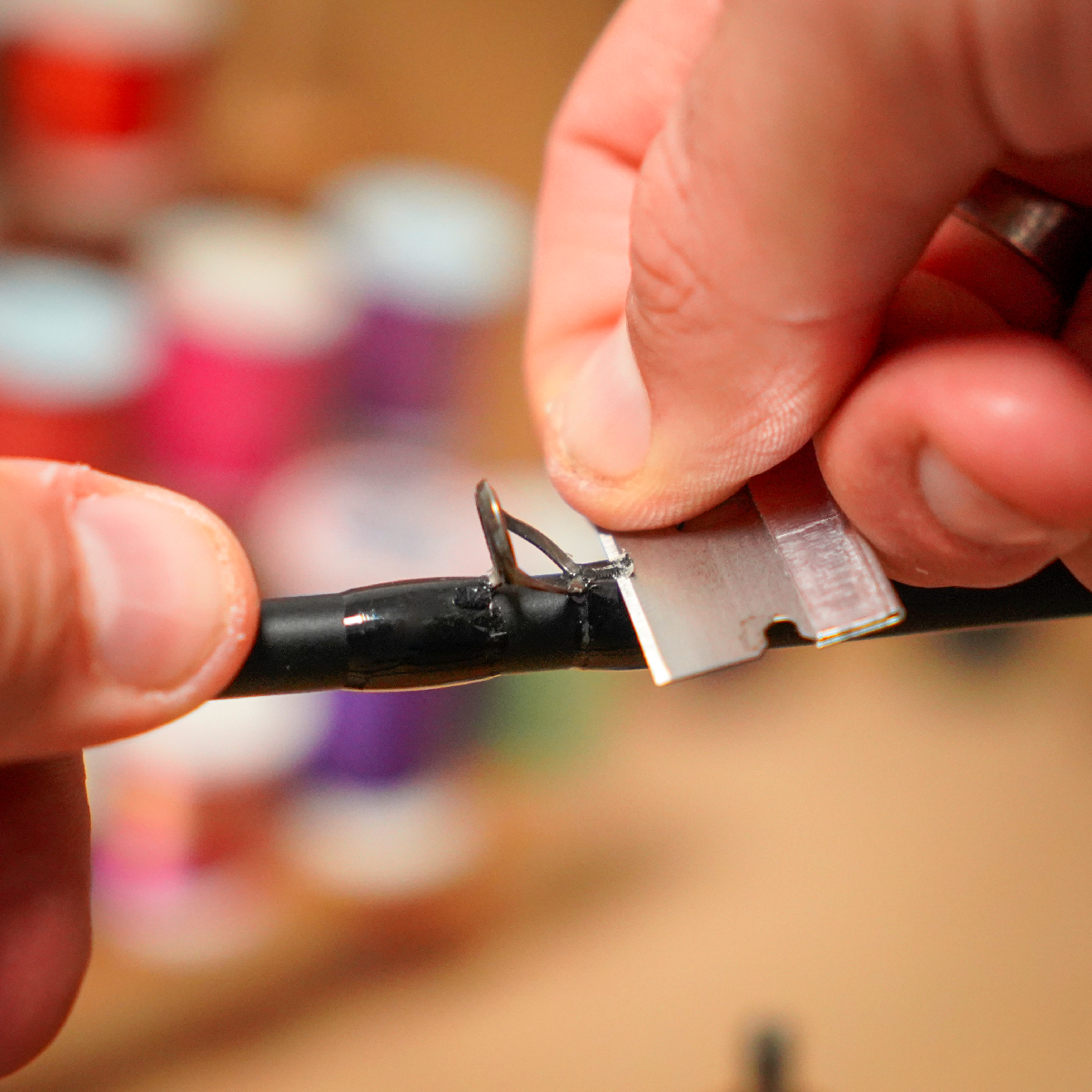
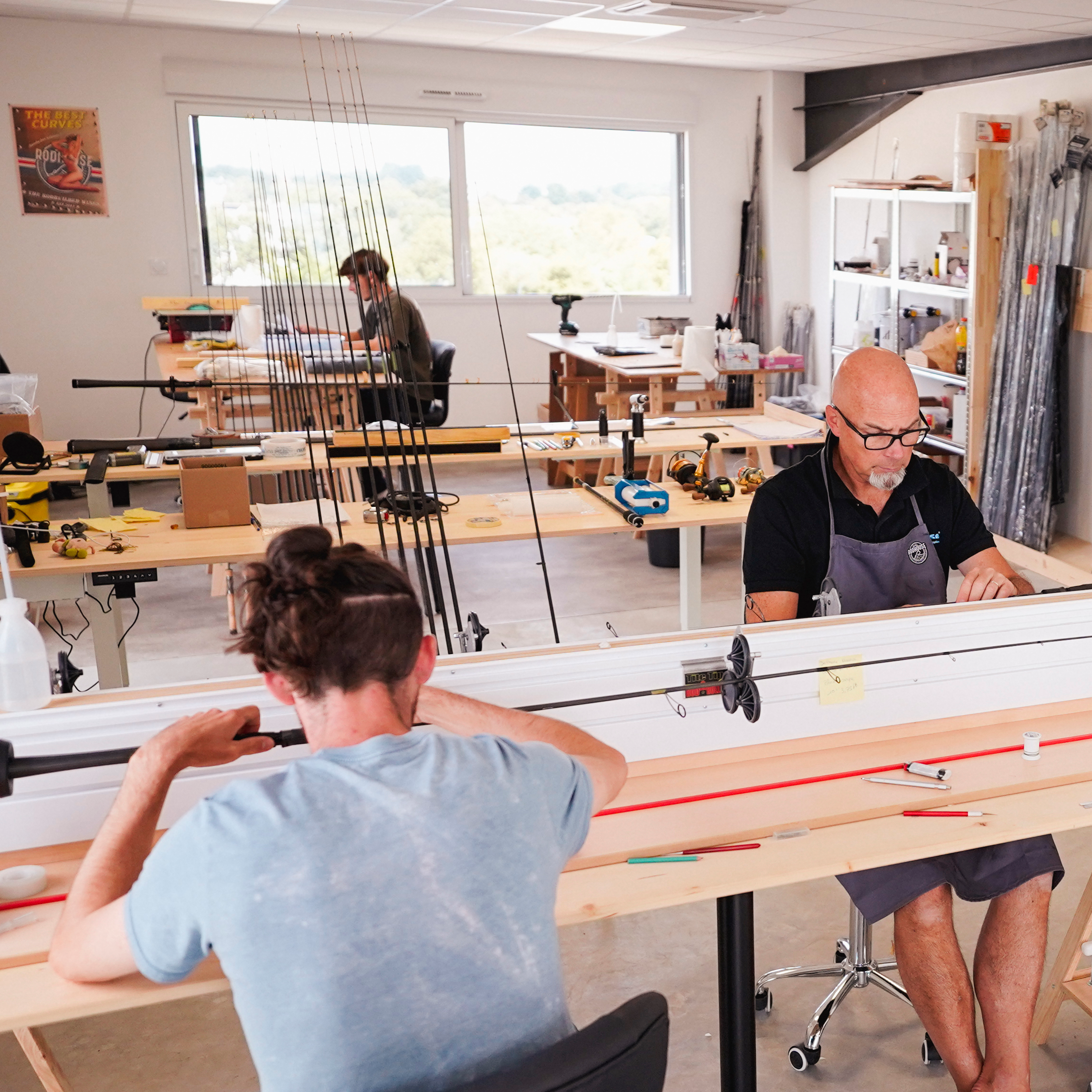
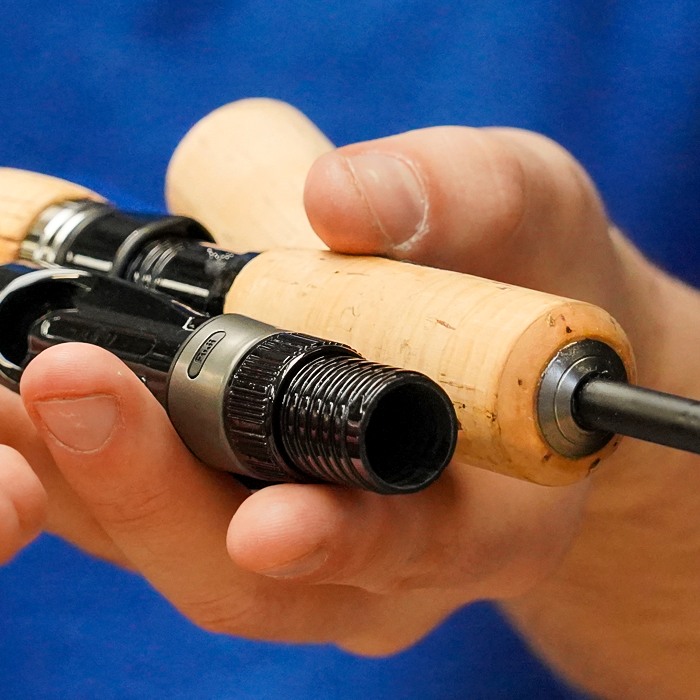
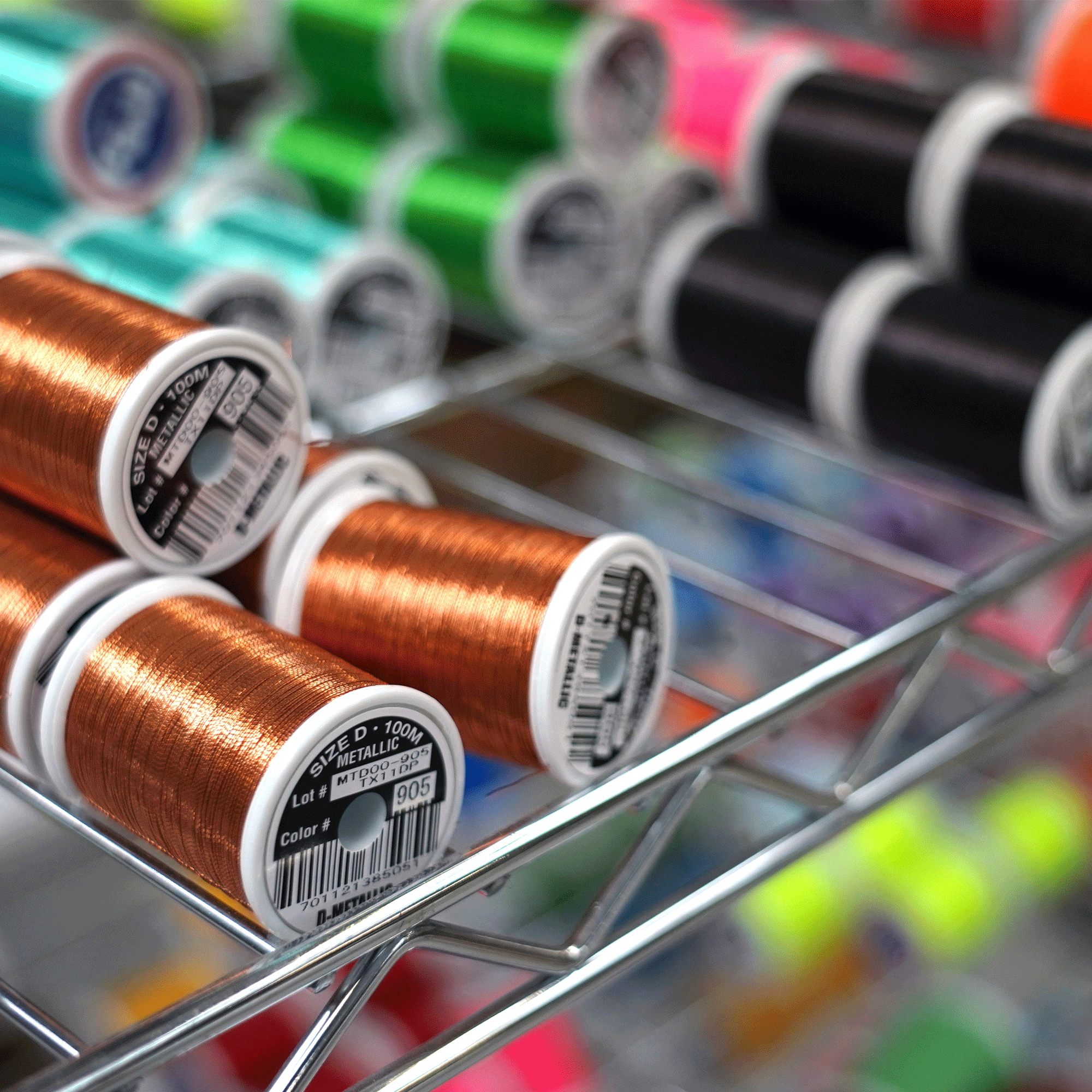

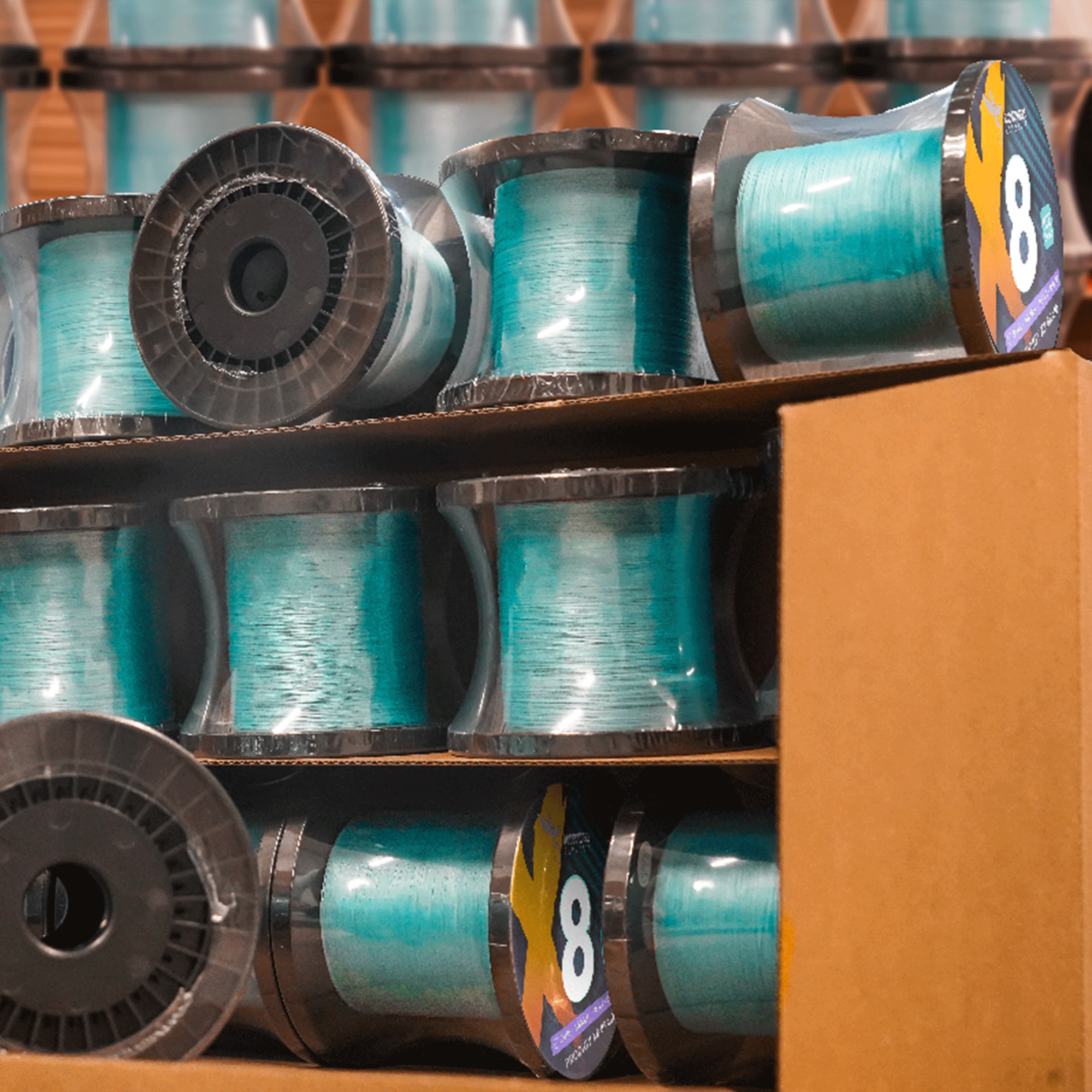
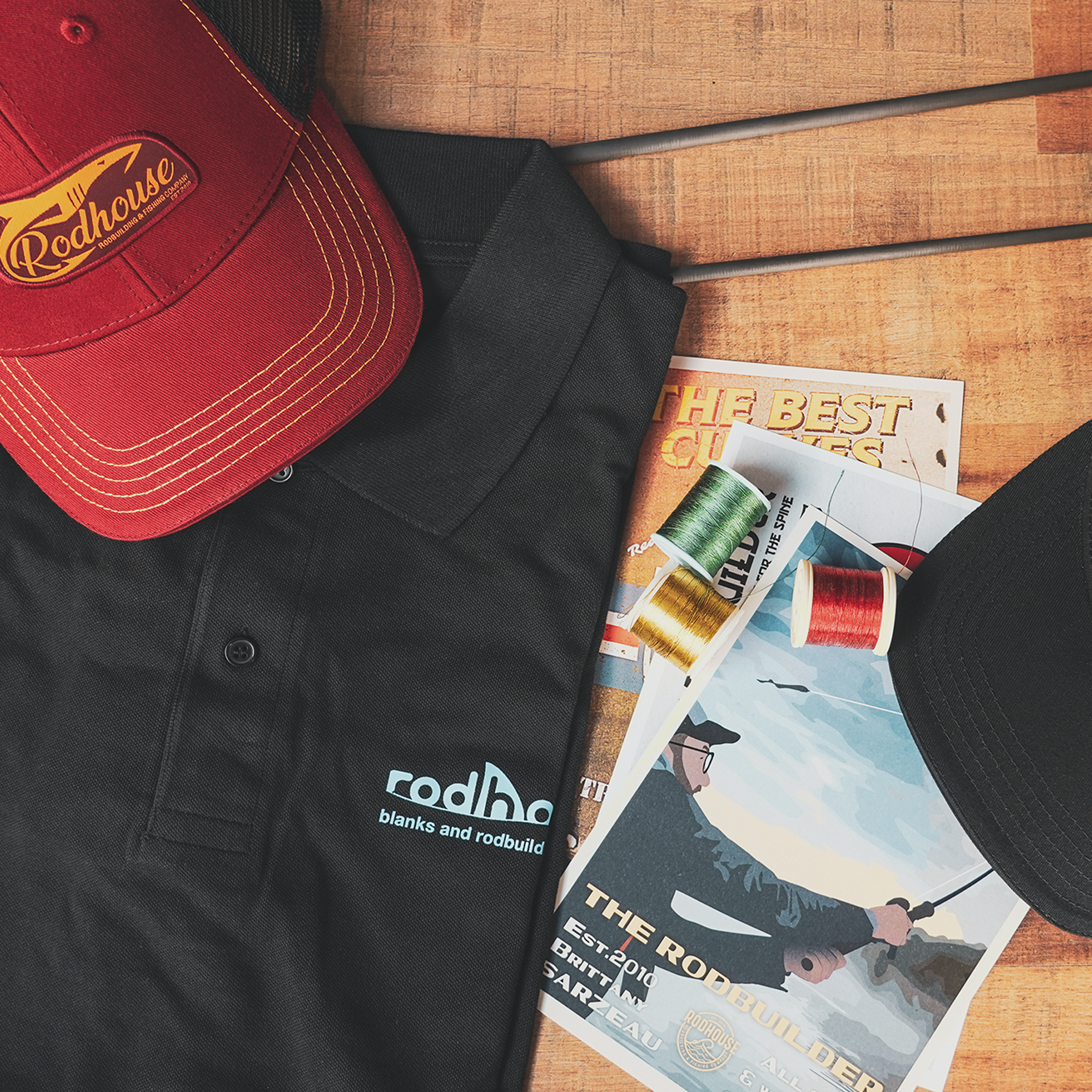
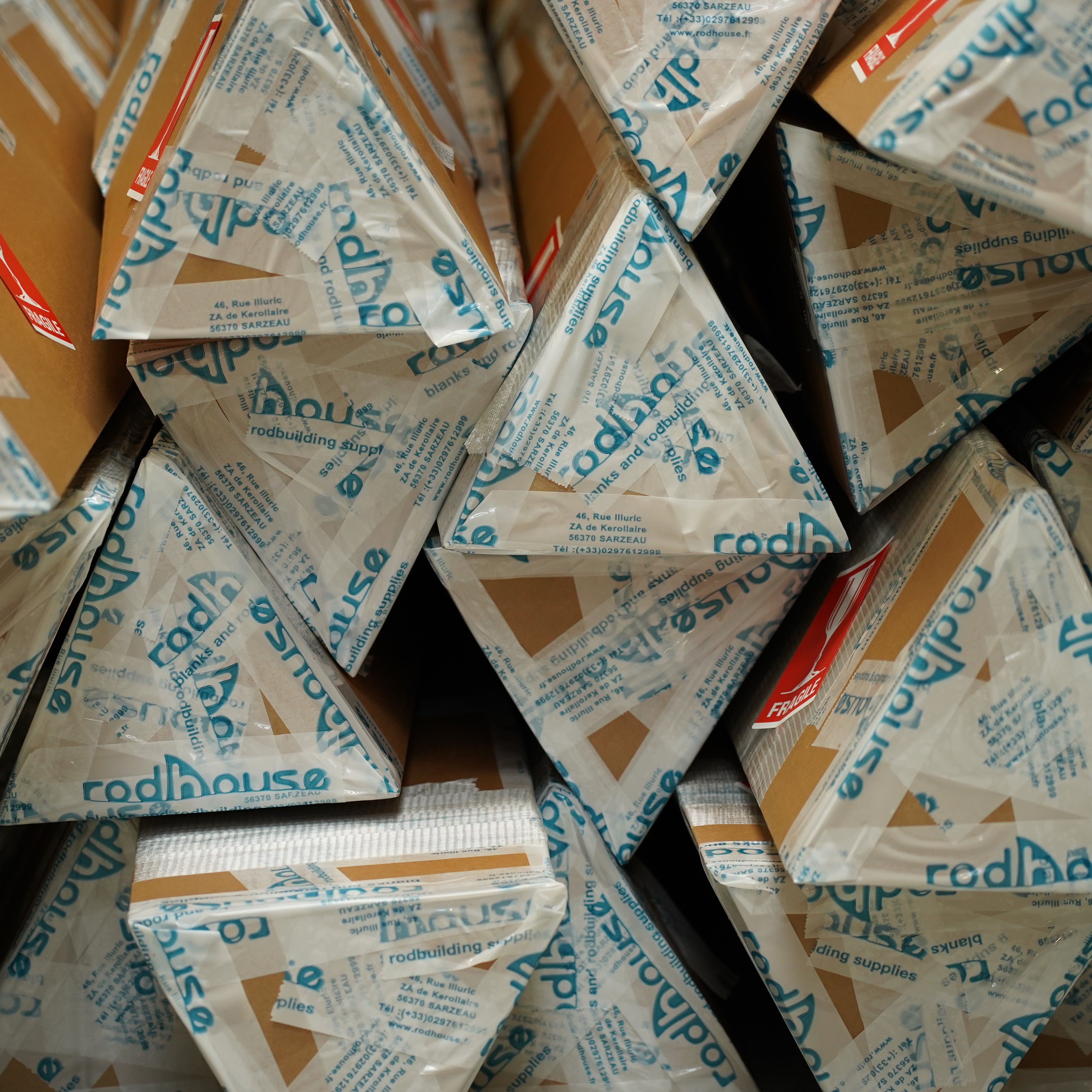


Leave a comment
All comments are moderated before being published.
This site is protected by hCaptcha and the hCaptcha Privacy Policy and Terms of Service apply.